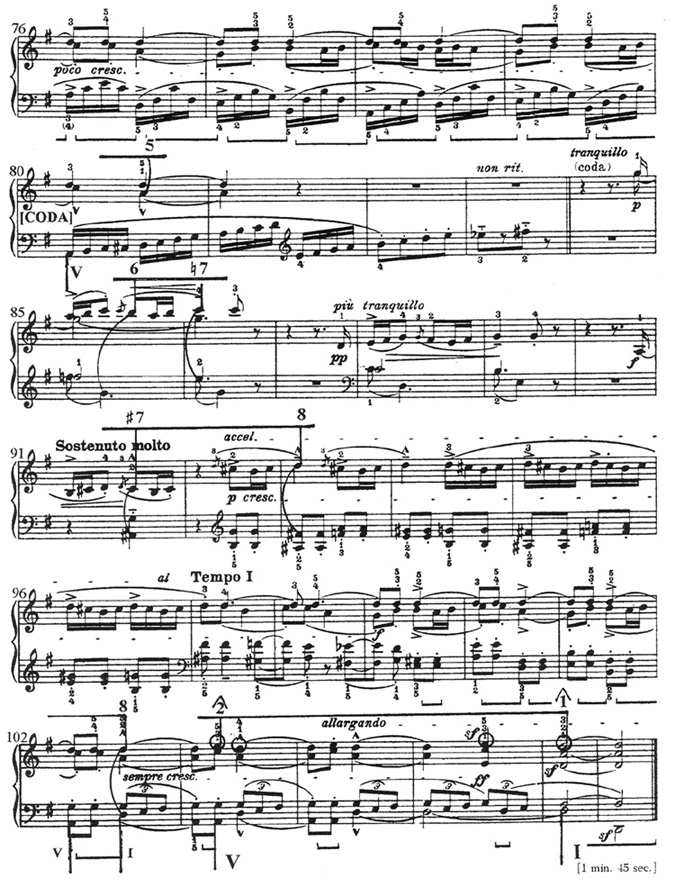
Bela Bartok Romanian Folk Dances Pdf To Word
Bela Bartok An Evening in the Village March 25, 1881 September 26, 1945) Hungariancomposer and pianist. One of the most important composers of the 20th century he andLisztare regarded as Hungary's greatest composers (Gillies 2001).
Bela Bartok: Finding a Voice Through Folk Music. Bela Bartok had a breakthrough moment in his early 20s, when he heard a peasant woman singing folk songs. From that point on, he collected, recorded (on an Edison phonograph) and notated hundreds of songs from small villages in rural Hungary and Romania. Sheet Music PDF MP3 Midi Parts Score Info. Romanian Folk Dance No. 6 Maruntel by Bartok, Bela Romanian Folk Dance No.5 Poarga Romaneasca by Bartok.
Through his collection and analytical study offolk music, he was one of the founders of comparative musicology, which later becameethnomusicology. Bartk's family reflected some of the ethno-cultural diversities of the country From 1899 to 1903, Bartk studied piano under Istvn Thomn, a former student of Franz Liszt, and composition under Jnos Koessler at the Royal Academy of Music in Budapest In 1908, he and Kodly traveled into the countryside to collect and research old Magyar folk melodies. Their growing interest in folk music coincided with a contemporary social interest in traditional national culture. They made some surprising discoveries. Magyar folk music had previously been categorised as Gypsy music.
The classic example is Franz Liszt's famous Hungarian Rhapsodies for piano, which he based on popular art songs performed by Romani bands of the time. In contrast, Bartk and Kodly discovered that the old Magyar folk melodies were based on pentatonic scales, similar to those in Asian folk traditions, such as those of Central Asia, Anatolia and Siberia. Bartk and Kodly quickly set about incorporating elements of such Magyar peasant music into their compositions.
They both frequently quoted folk song melodies verbatim and wrote pieces derived entirely from authentic songs. An example is his two volumes entitled For Children for solo piano, containing 80 folk tunes to which he wrote accompaniment. Bartk's style in his art music compositions was a synthesis of folk music, classicism, and modernism. His melodic and harmonic sense was profoundly influenced by the folk music of Hungary, Romania, and other nations. He was especially fond of the asymmetrical dance rhythms and pungent harmonies found in Bulgarian music. Most of his early compositions offer a blend of nationalist and late Romanticism elements.Compositions[edit]Bartk's music reflects two trends that dramatically changed the sound of music in the 20th century: the breakdown of thediatonicsystem of harmony that had served composers for the previous two hundred years (Griffiths 1978, 7); and the revival of nationalism as a source for musical inspiration, a trend that began withMikhail GlinkaandAntonn Dvokin the last half of the 19th century (Einstein 1947, 332).
Are you compiling your code for 64-bit but using a 32-bit version of the MySQL library to link it? – rushman Nov 3 '11 at 8:37 I am compiling 32 using 64bit libs. I got the 32 libs and I can only manage to compile the program when I use both mysqlclient.lib and libmysql.lib but then it won't launch without libmysql.dll, my goal is to make it statically linked. Mysql data dll.
In his search for new forms of tonality, Bartk turned to Hungarian folk music, as well as to other folk music of theCarpathian Basinand even of Algeria and Turkey; in so doing he became influential in that stream of modernism which exploited indigenous music and techniques (Botstein [n.d.], 6).One characteristic style of music is hisNight music, which he used mostly in slow movements of multi-movement ensemble or orchestral compositions in his mature period. It is characterised by 'eerie dissonances providing a backdrop to sounds of nature and lonely melodies' (Schneider 2006, 84). An example is the third movementAdagioof hisMusic for Strings, Percussion and Celesta.His music can be grouped roughly in accordance with the different periods in his life.Youth: Late-Romanticism (18901902)[edit]The works of his youth are of a late-Romantic style. Between 1890 and 1894 (nine to 13 years of age) he wrote 31 pieces with corresponding opus numbers.
He started numbering his works anew with 'opus 1' in 1894 with his first large scale work, a piano sonata. Up to 1902, Bartk wrote in total 74 works which can be considered in Romantic style.
Most of these early compositions are either scored for piano solo or include a piano. Additionally, there is some chamber music for strings.New influences (190311)[edit]Under the influence ofRichard Strauss(among other worksAlso sprach Zarathustra) (Stevens 1993, 1517), Bartk composed in 1903Kossuth, a symphonic poem in ten tableaux. In 1904 followed hisRhapsody for piano and orchestrawhich he numbered opus 1 again, marking it himself as the start of a new era in his music. An even more important occurrence of this year was his overhearing the eighteen-year-old nanny Lidi Dsa fromTransylvaniasing folk songs, sparking Bartk's lifelong dedication to folk music (Stevens 1993, 22). When criticised for not composing his own melodies[citation needed]Bartk pointed out thatMolireandShakespearemostly based their plays on well-known stories too. Regarding the incorporation of folk music into art music he said:The question is, what are the ways in which peasant music is taken over and becomes transmuted into modern music? We may, for instance, take over a peasant melody unchanged or only slightly varied, write an accompaniment to it and possibly some opening and concluding phrases.